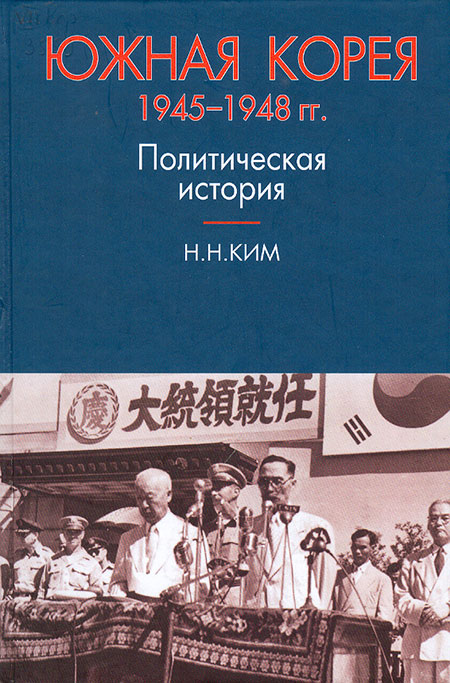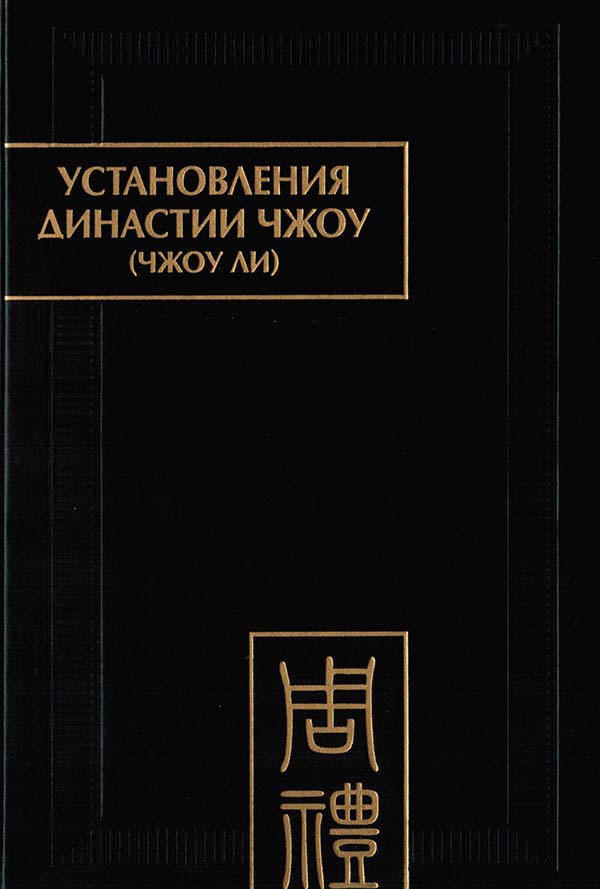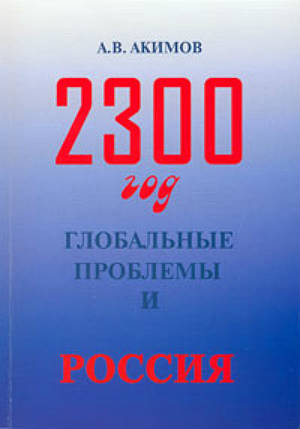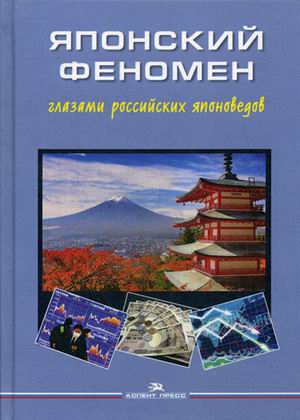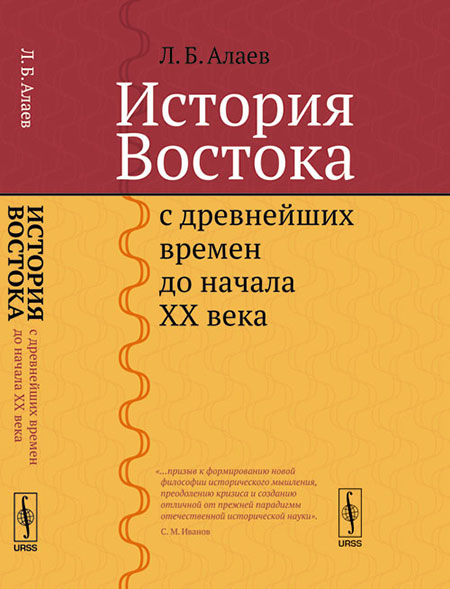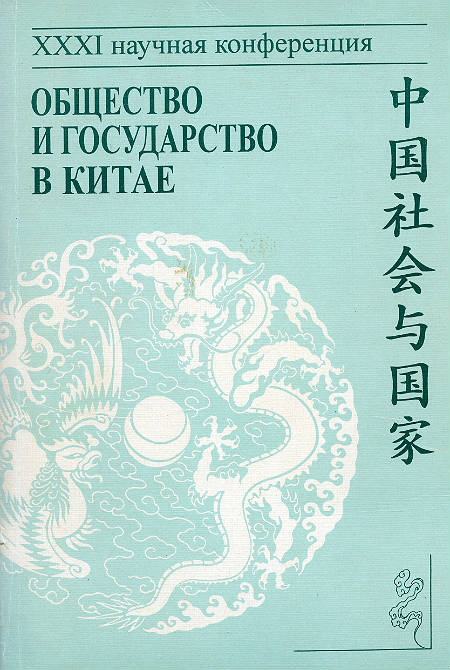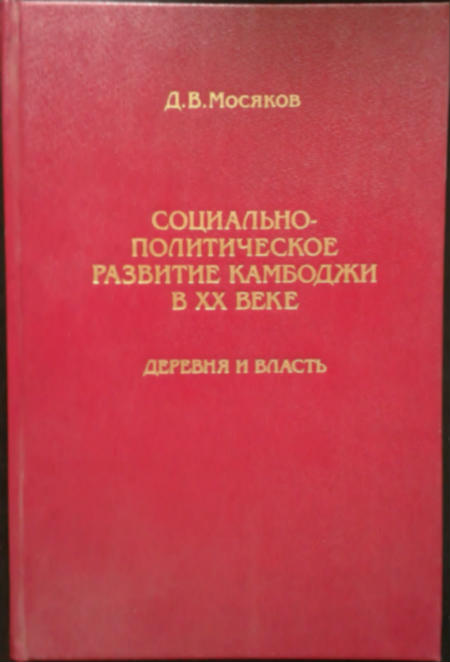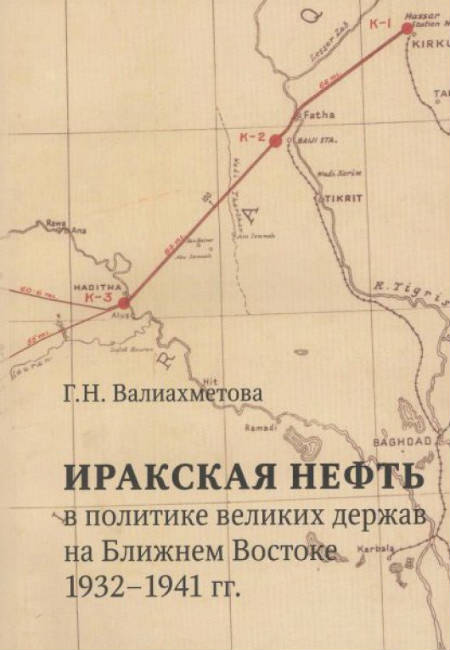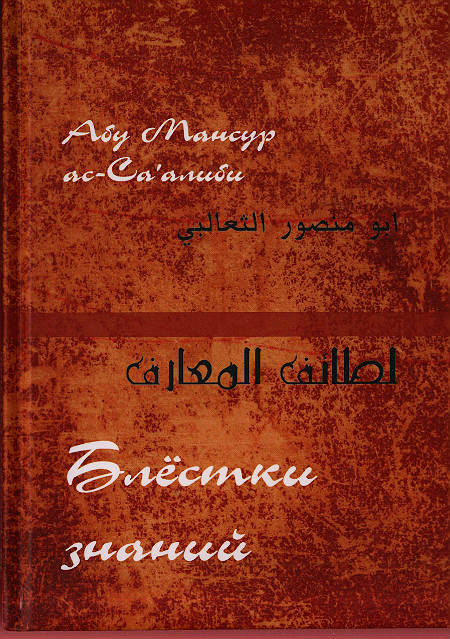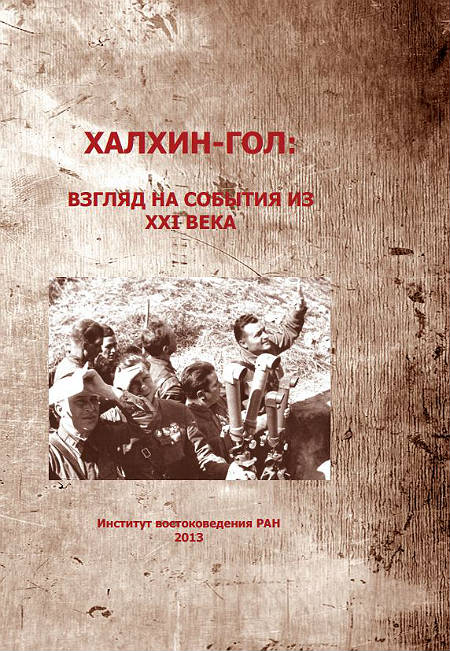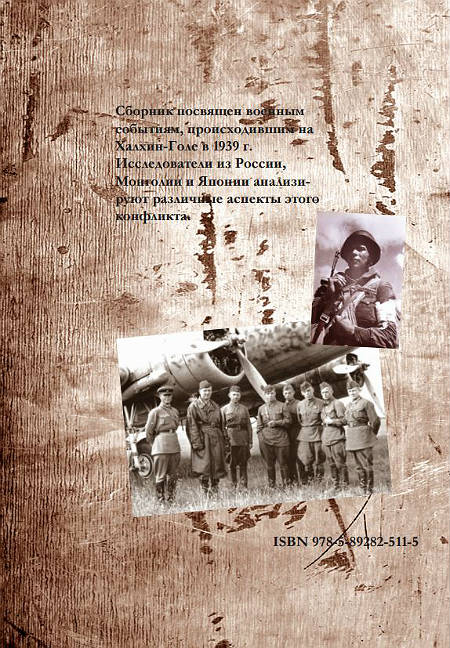Book
Khalkhin Gol : The View from XXI Cent
Editor-compilator: Elena Bojkova
Institute of Oriental Studies of the Russian Academy of Sciences
Москва, 2013, 156 p.
The battle of Khalkhin Gol (May – September, 1939) started as a border dis-pute between the Mongolian People’s Republic and the Manchu State (Manchukuo), evolved into an undeclared war between the Soviet-Mongolian forces and the Japanese-Manchukuoan troops. The conflict was named after the river Khalkhin Gol (Halha River), which passes through the battlefield. In Japan this war is known as the Nomonhan Incident. By the mid-1930s the Soviet Union had become a major regional rival to Japan. The lifeline of the Soviet position in the Far East and Siberia was the Trans-Siberian Railroad, which served as the only link between those regions and European Russia. The MPR was the key to strategic control of the Trans-Siberian Railroad. After the occupation of Manchuria Japan, turned its military interests to the territories that bordered those areas. The border between Mongolia and Manchukuo was hotly disputed. From May through September 1939 there were continuing combats between the Soviet-Mongolian and Japanese-Manchukoan forces on both sides of the river Khalkhin Gol in eastern Mongolia. The battles resulted in total defeat for the Japanese Sixth Army. On 15 September 1939 the Soviet-Mongolian and Japanese-Manchurian armistice was concluded. In terms of its strategic impact, the battle of Khalkhin Gol was one of the most decisive battles of the Second World War. The events at Khalkhin Gol are at a distance of more than 70 years from our days. But nevertheless people still remember them. The authors presented in the collection of articles dedicated to the Battle of Khalkhin Gol are the researchers from Russia, Mongolia and Japan which allows to expand notions of the readers of the situation in eastern Mongolia in 1939, to give an objective assessment of the events at Khalkhin Gol and their place not only in the history of Russia, Mongolia and Japan but also in world history.
РУССКАЯ ВЕРСИЯ: Халхин-Гол: взгляд на события из XXI века

